Blues and twos belonging to a pair of marked police Volvo V70s suggest that the driver of the scruffy black Y-reg Ford Mondeo in front should carefully take to the hard shoulder of Perthshire’s northbound M90.
It’s not a rare sight on our motorways, and the drama is usually curtailed there and then.
But not today. Initially, the driver seems to comply, slowing and turning in. A stab and a steer later, he’s back on the carriageway and barrelling away fast. Inspector Darren Faulds’ expression hasn’t changed.
Behind the wheel, he looks sun-lounger relaxed. Sitting to his left, I can almost feel my pupils dilating, and from behind, photographer Stuart Price says his heart rate has just doubled.
We reel in the Mondeo and establish a buffer of 30 metres or so behind it. Slightly staggered, the V70s command a lane each, sometimes adopting single file to avoid civilian cars in the wake of the erratically meandering Ford, which is nearing three-figure speeds.
We push up and block off exits as we go, creating a funnel effect. Then the pace drops abruptly as all three cars are forced to burrow messily through a traffic jam. It turns out to be a rolling roadblock engineered by two more police cars at its head to slow the subject down and clear the carriageway in front. The Mondeo eventually breaks free and accelerates, but three police vehicles swoop in to surround it.
They tighten formation, using the guardrail as a fourth wall, until all four vehicles slow smoothly to a halt as one six-tonne, 16-wheeled unit.
Although it seems incredibly lifelike – heightened by the knowledge that these are active public roads – we’re actually experiencing day two of this week’s pursuit management course operated by the newly unified Police Scotland force from its Tulliallan Castle training college near Falkirk.
Instructors have just shown the three students in attendance the course’s primary endgame tactic, ‘containment’, by pursuing and confining Sergeant Colin Reid and his Mondeo – a buffer-wearing, part-oxidised (if much-loved) carcass worthy of Mad Max.
Reid – a veteran of multiple real-life containments – runs the course, overseen by Faulds, who literally wrote the book on it and helps shape road policing tactics for the entire UK. Faulds explains the value of pursuit management. “The subject used to have control,” he says, “and we’d end up with a ‘caravan effect’, where a long line of police vehicles would tack on behind. I’d find myself battling past panda cars just to reach the subject.

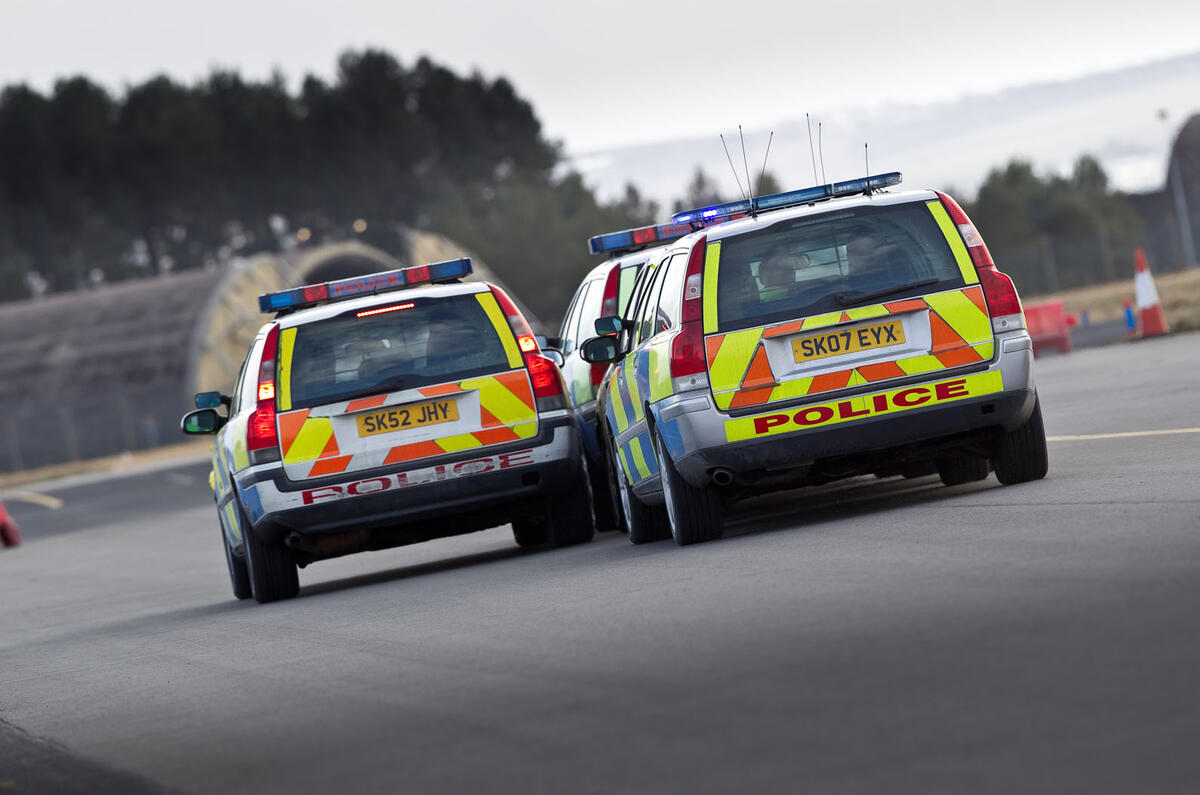
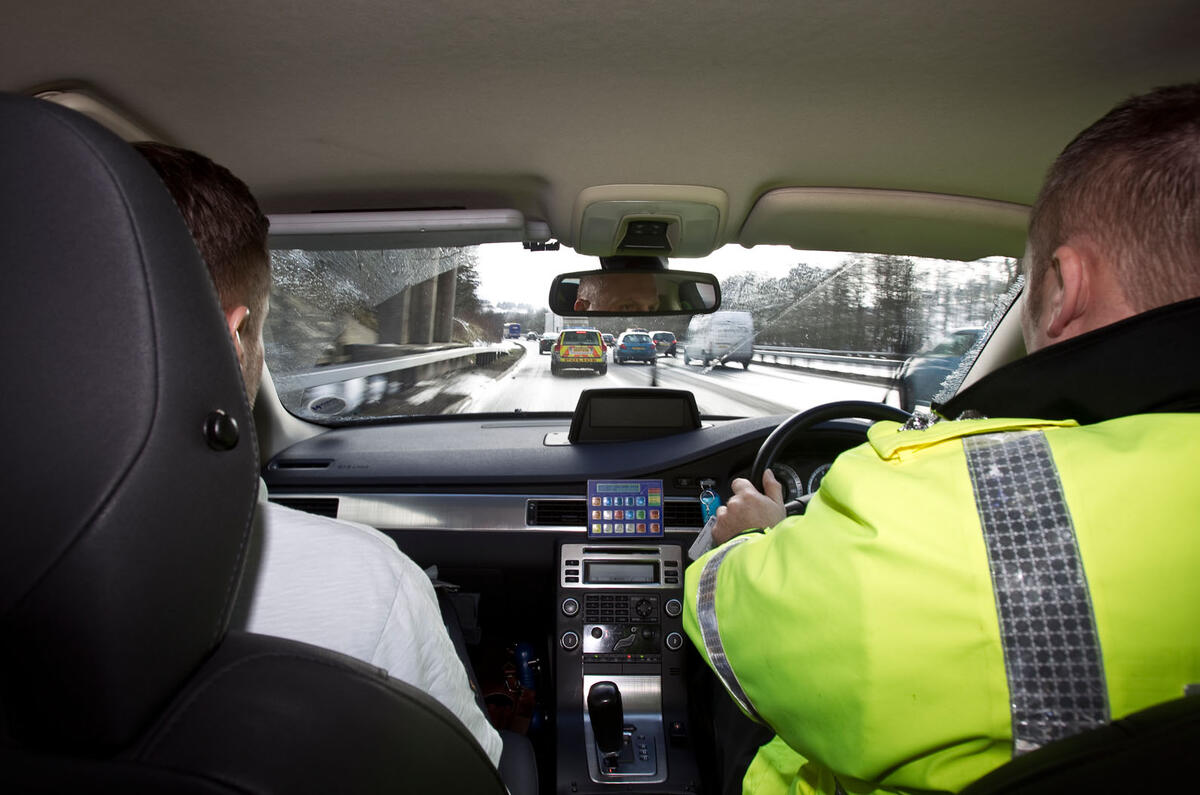


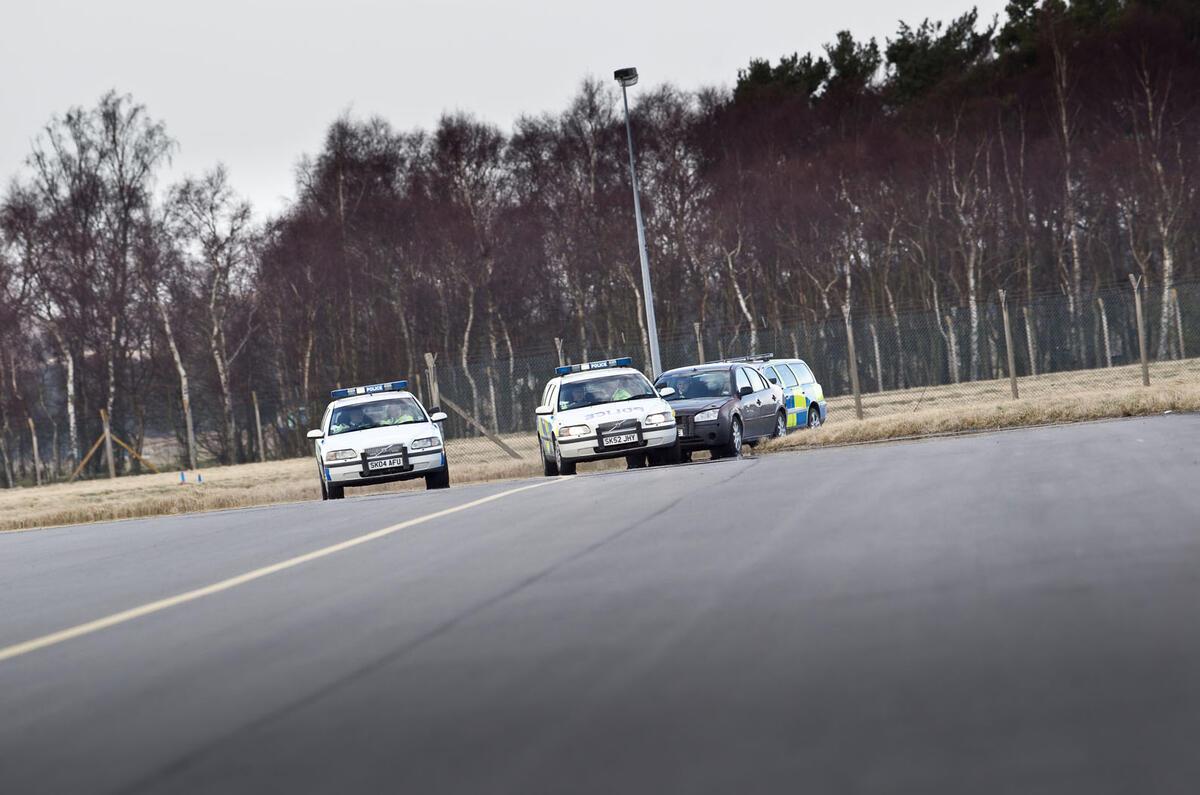
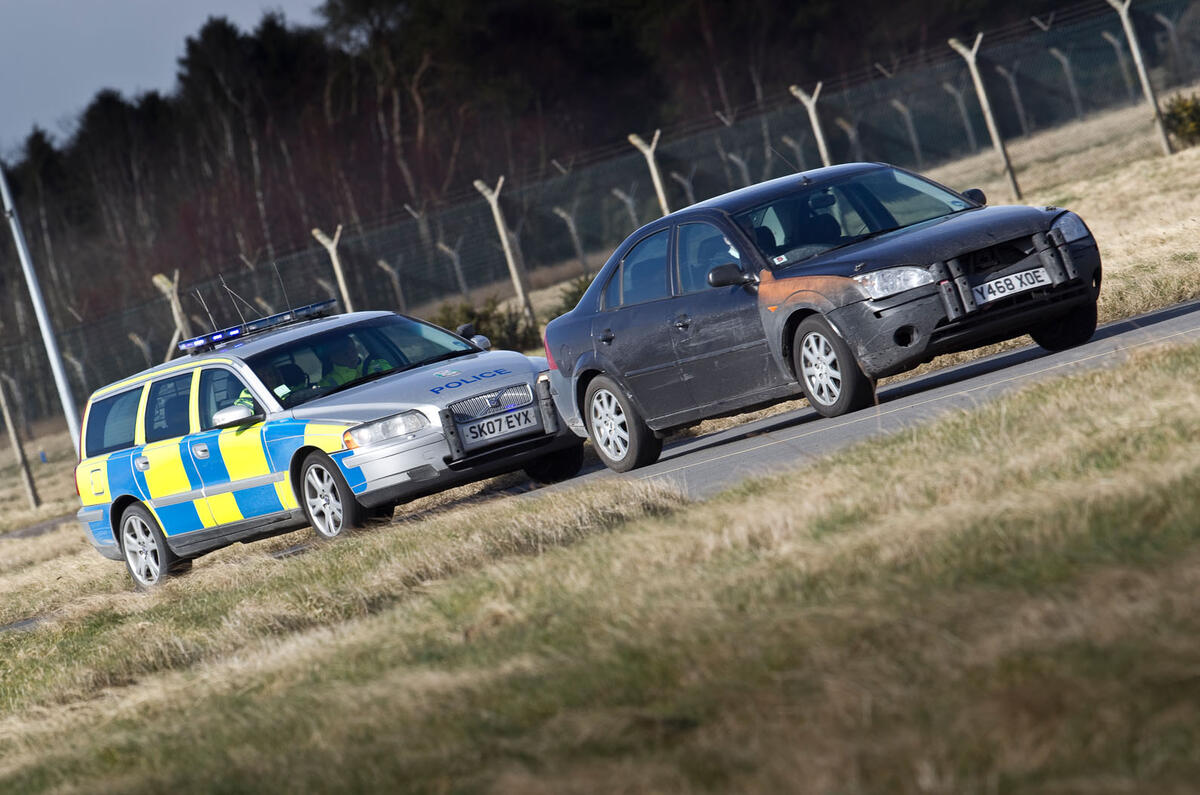
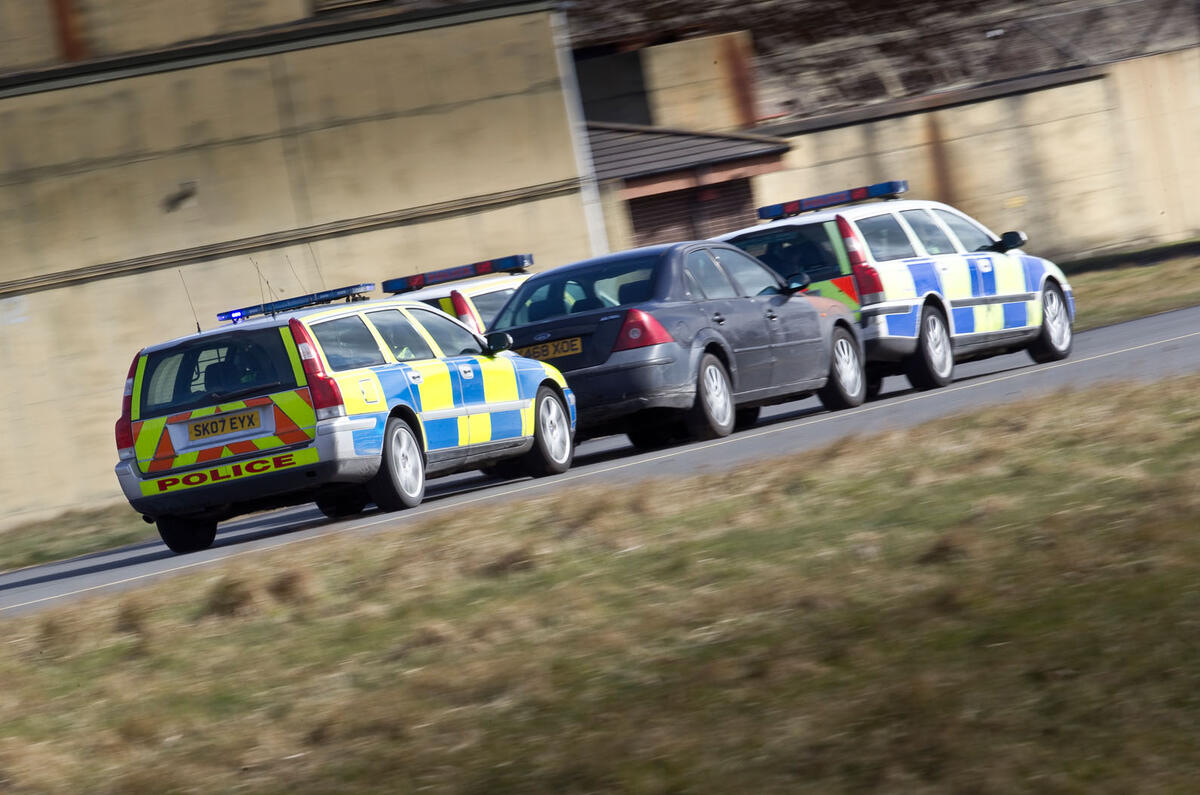
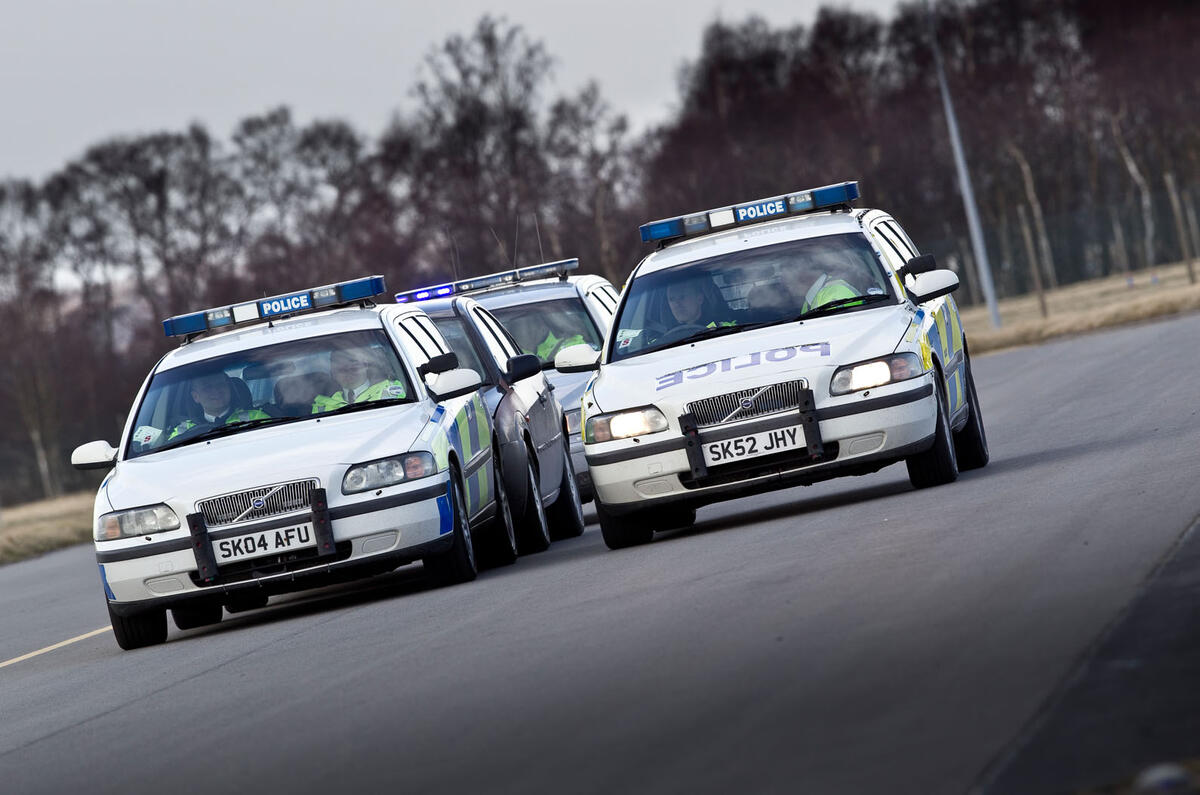
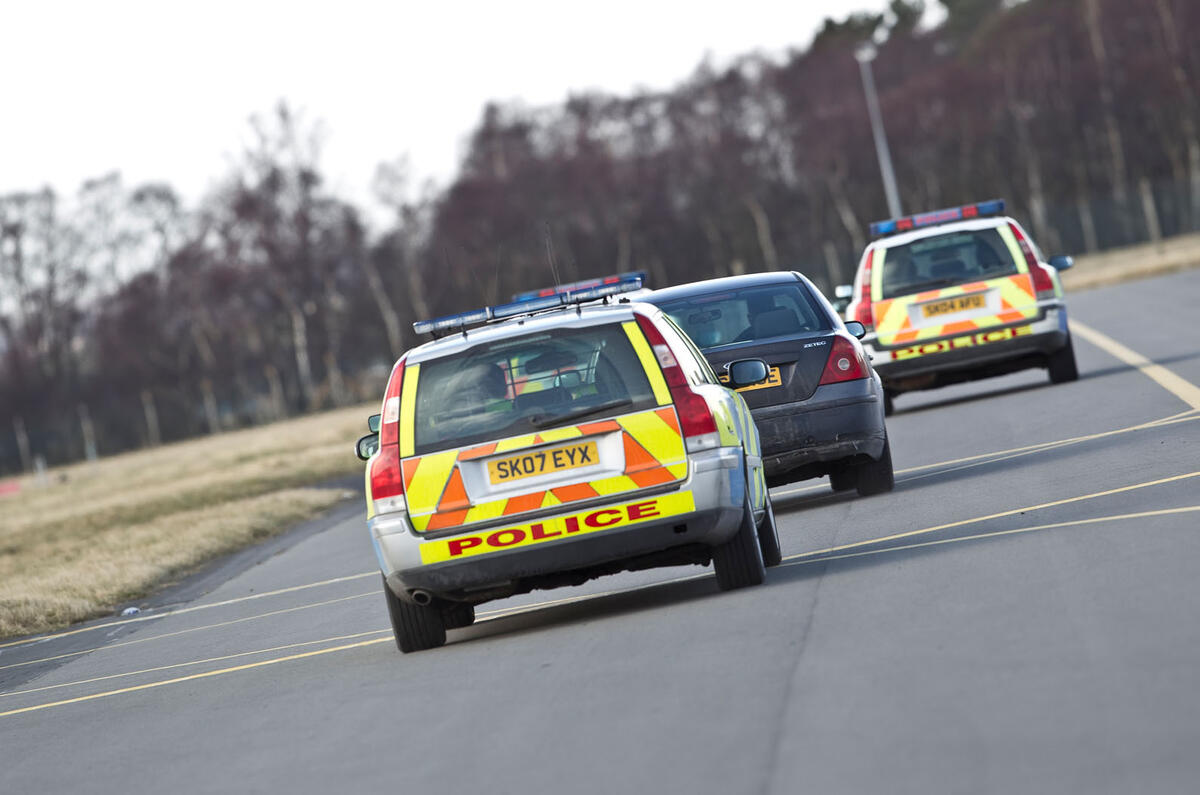
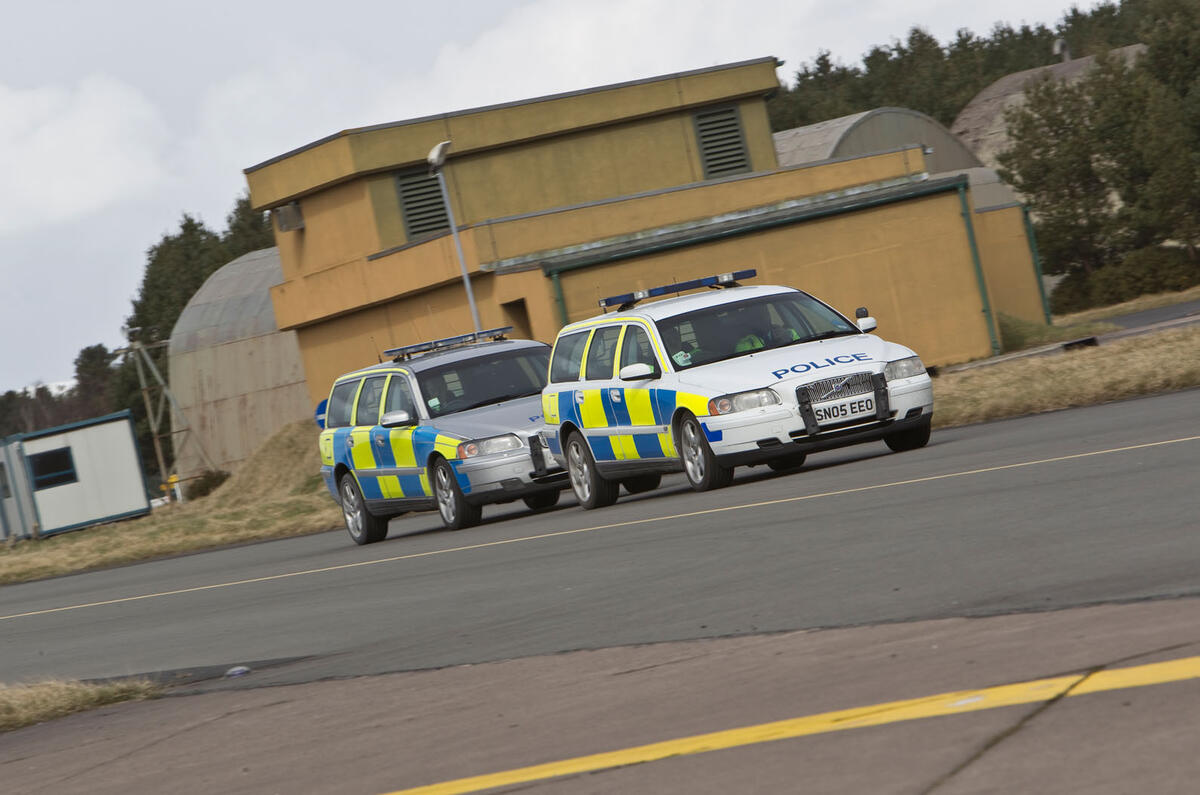
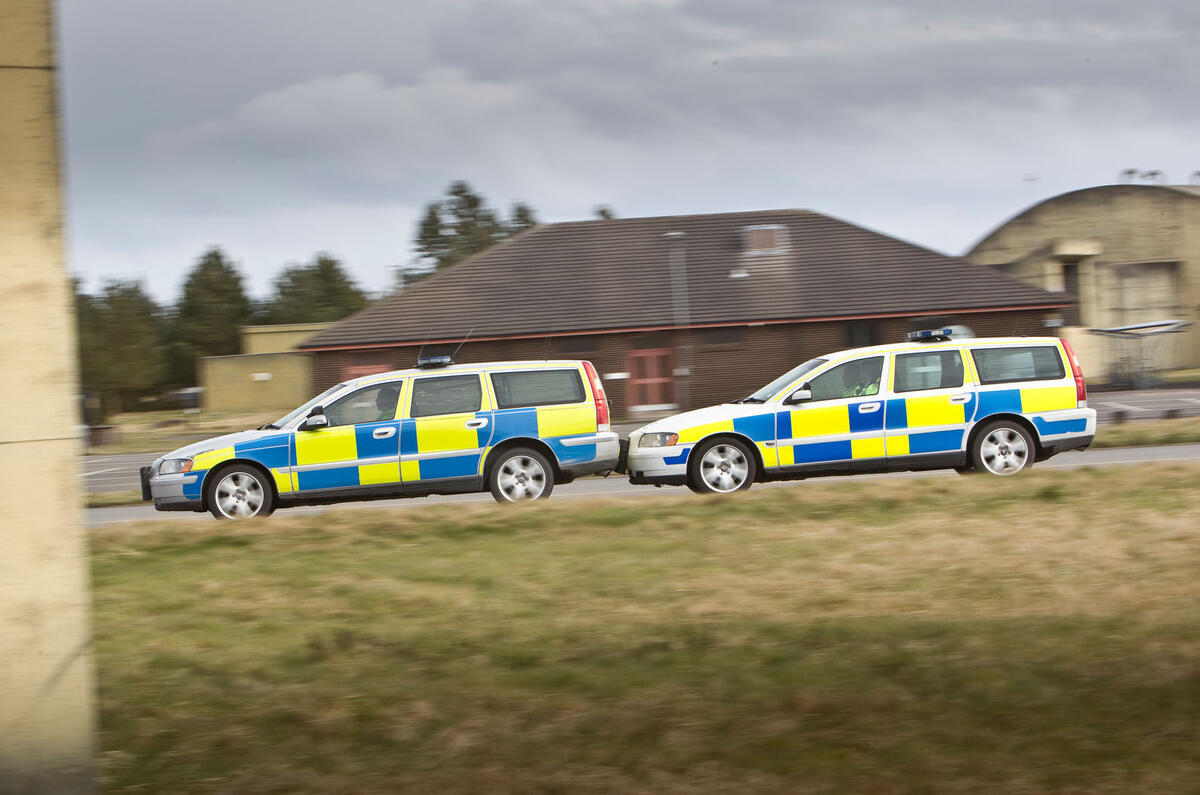
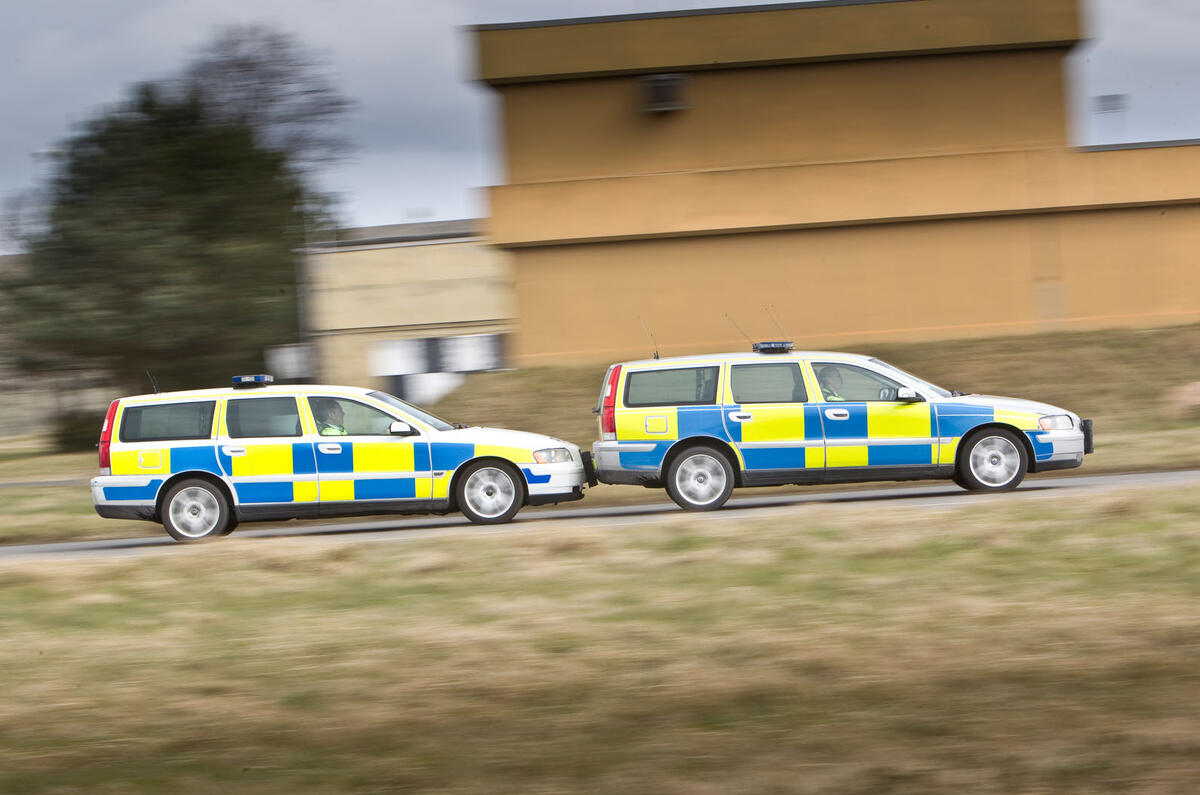

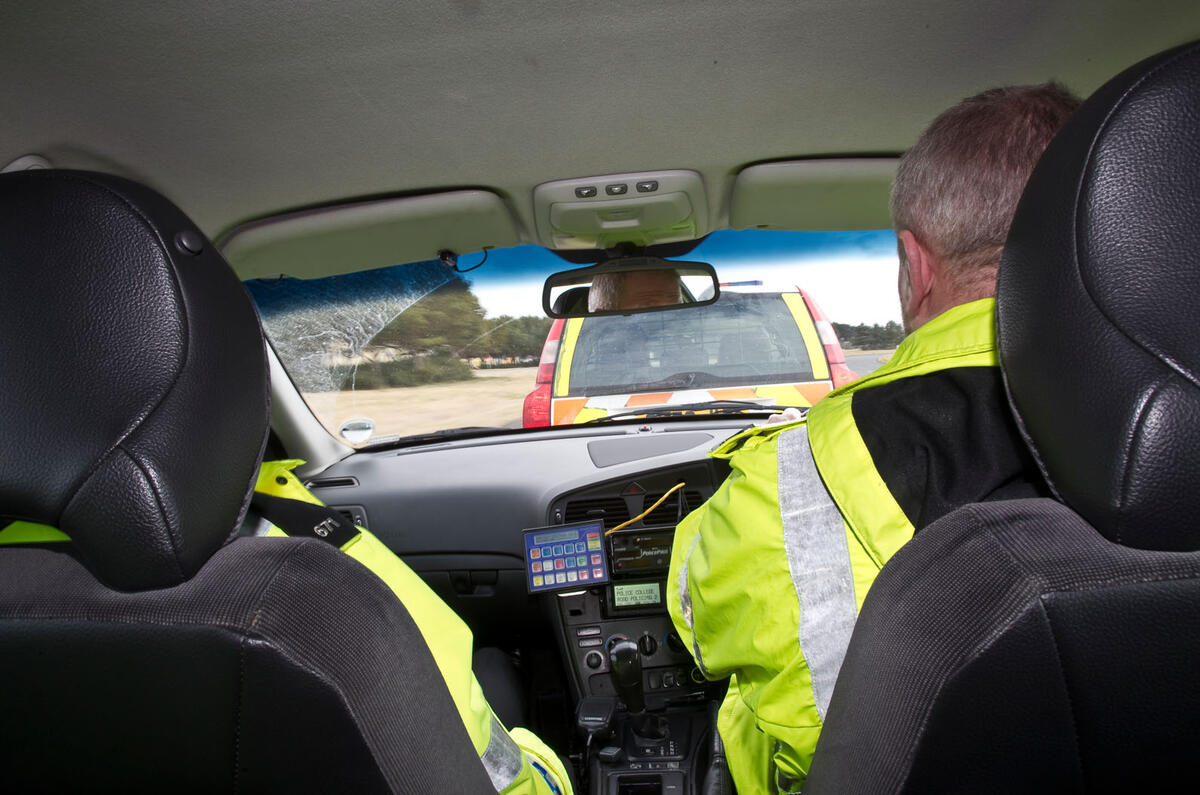
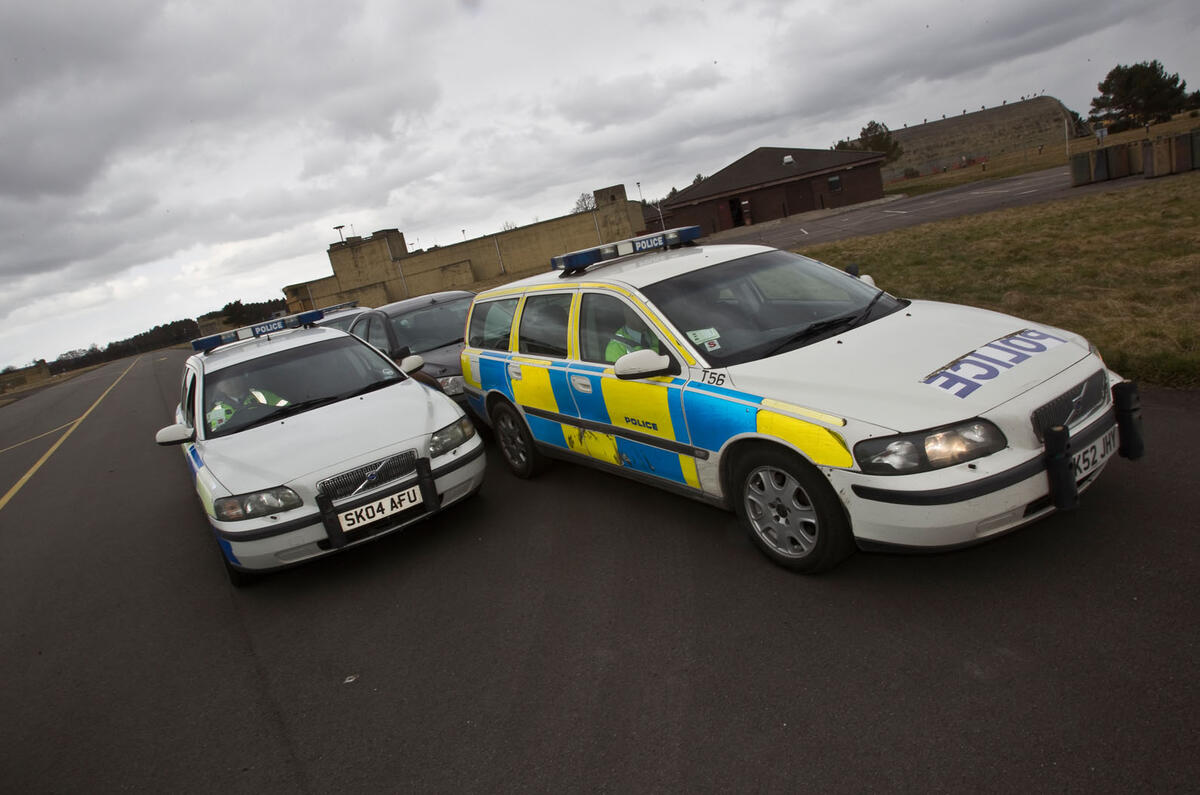
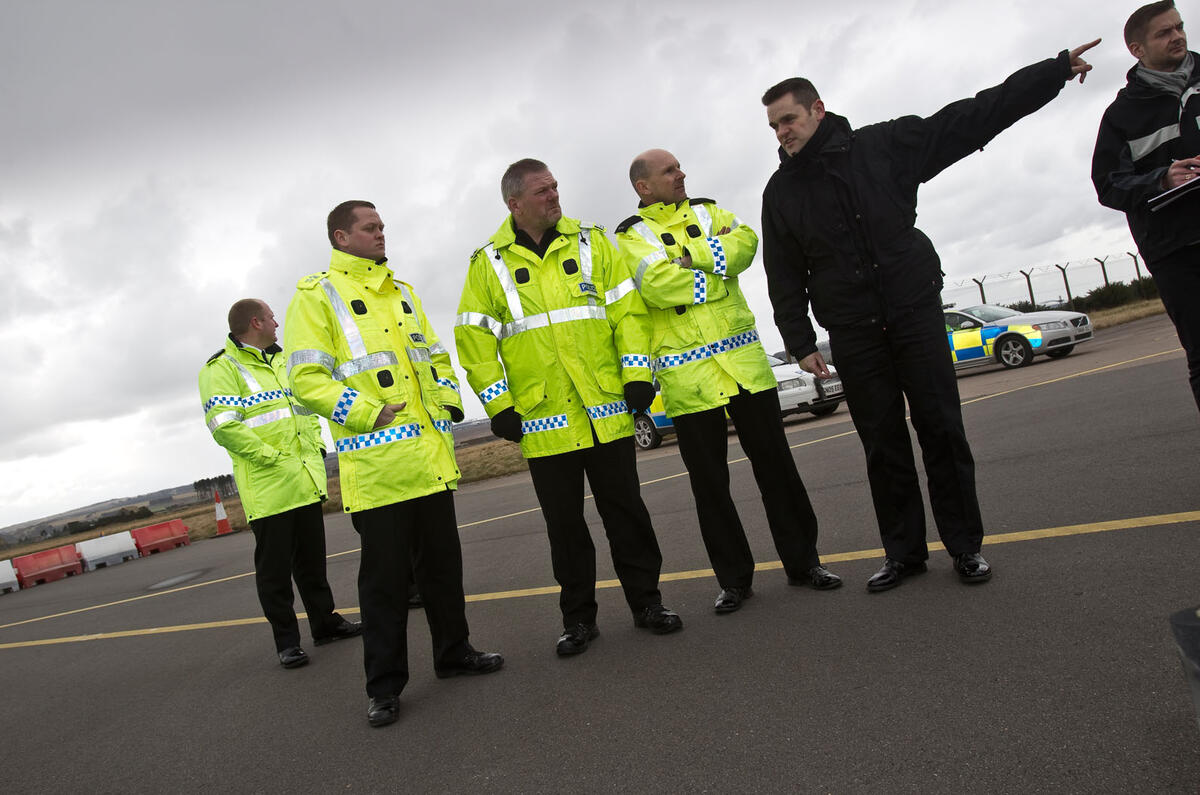
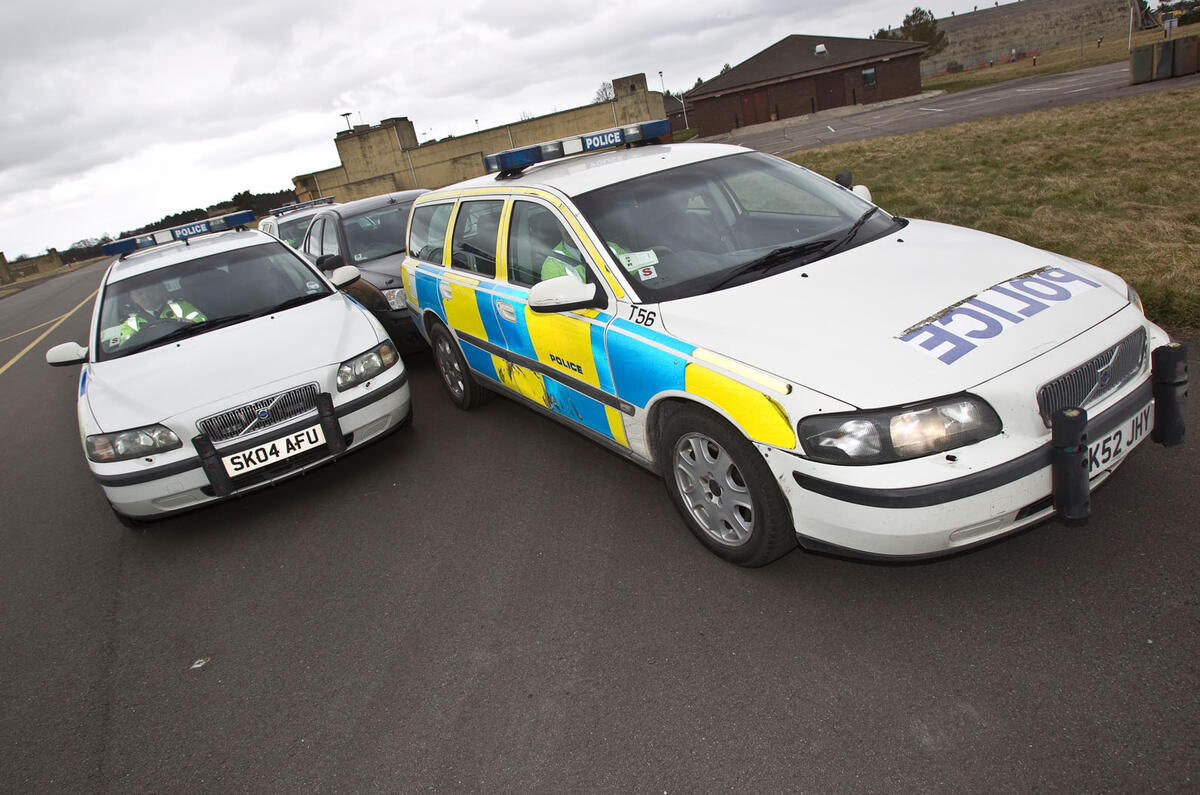
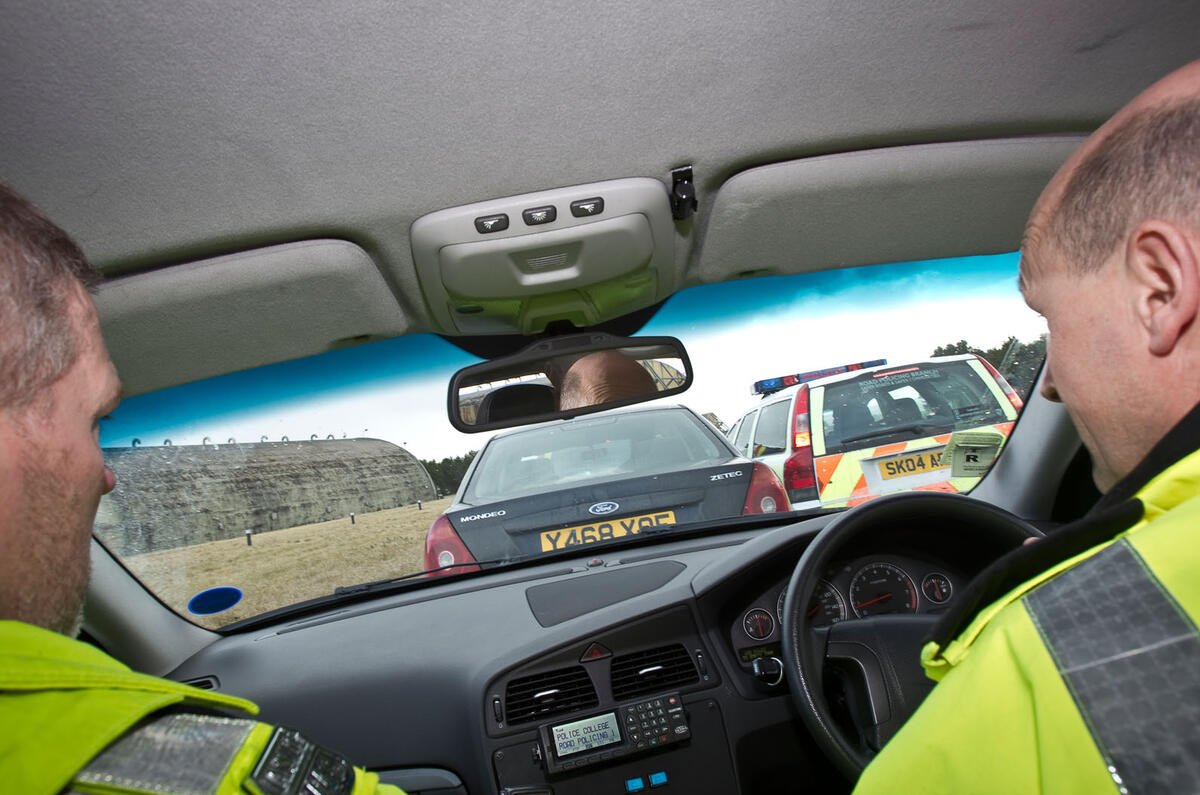
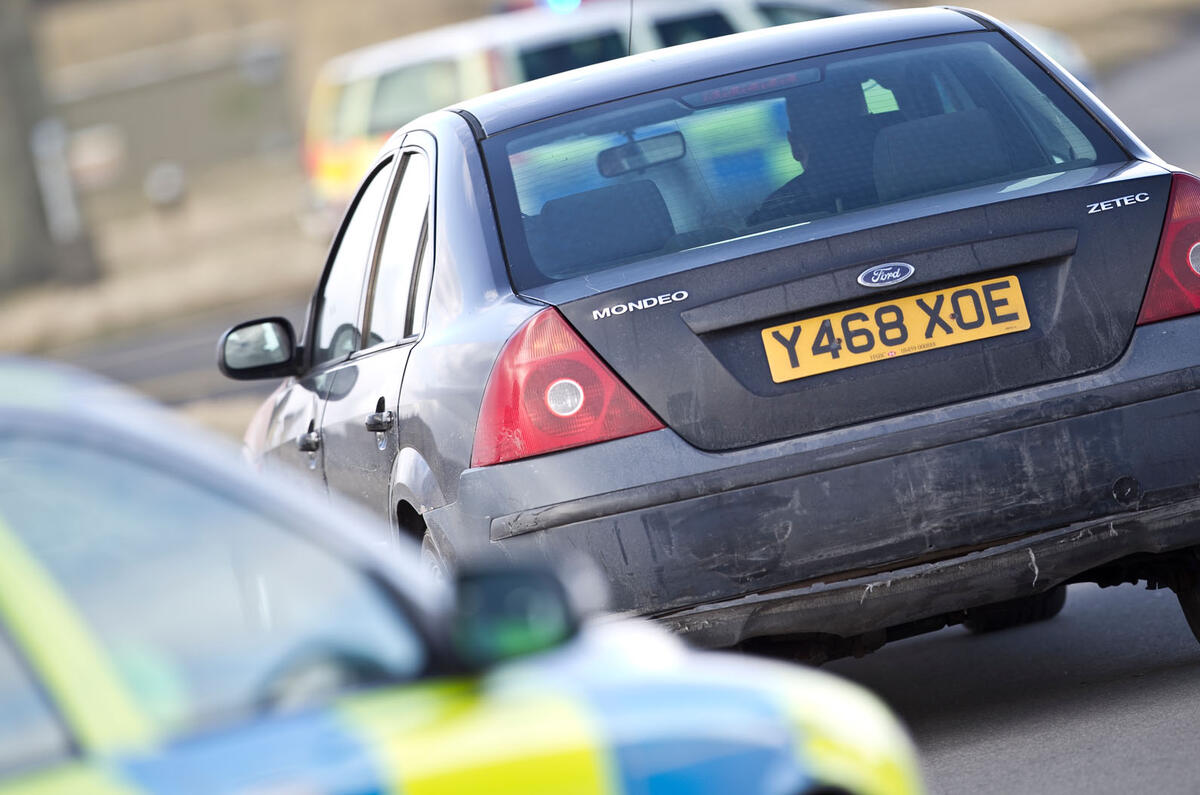
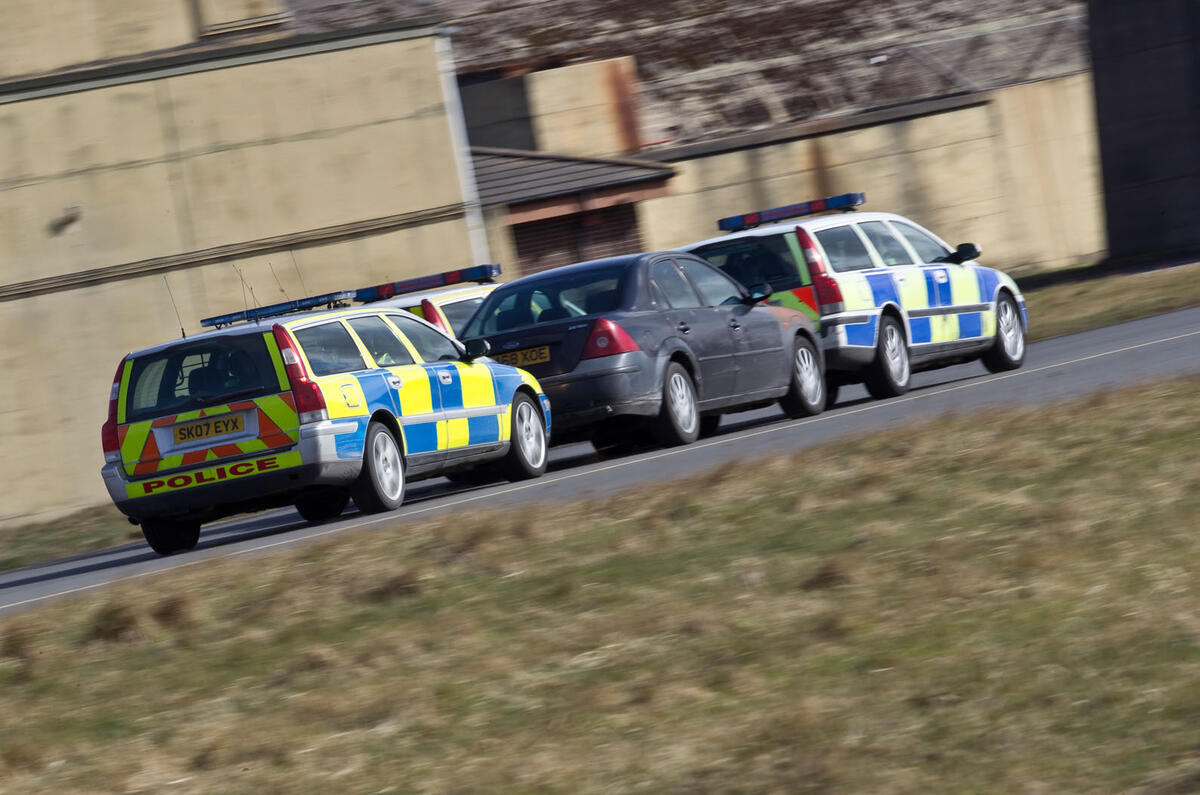
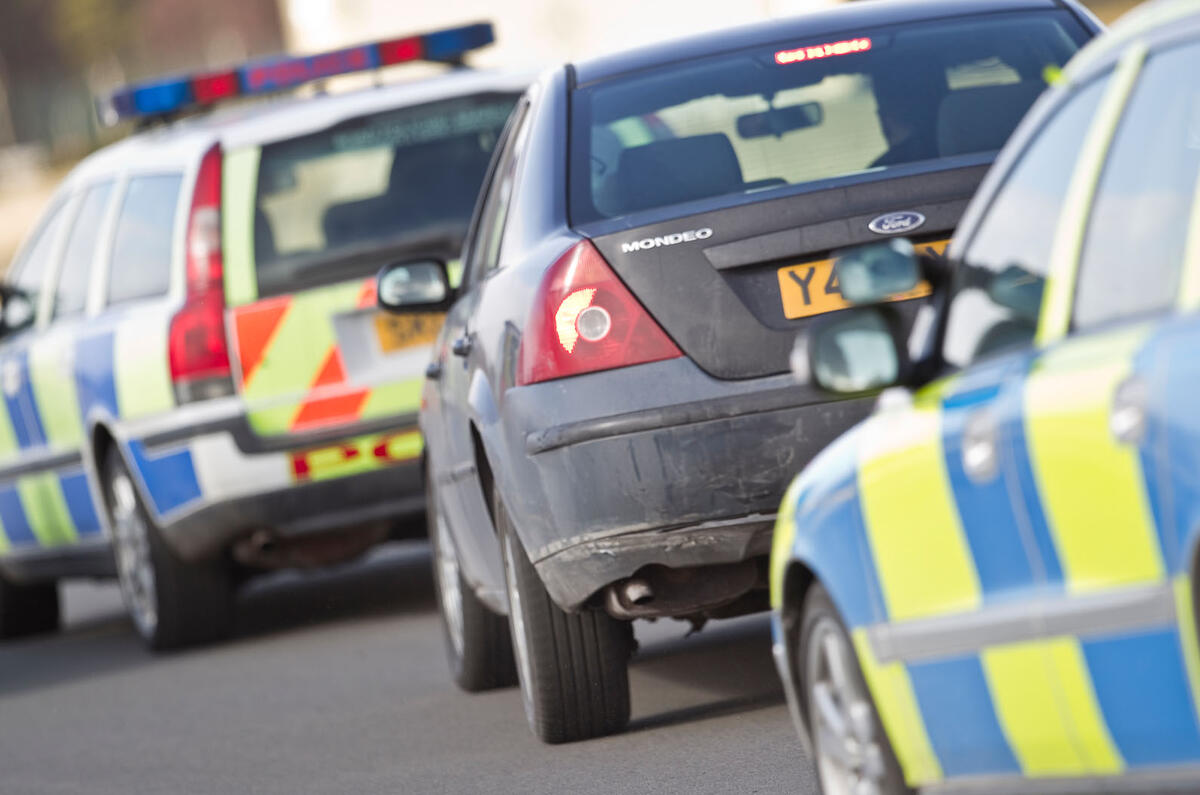
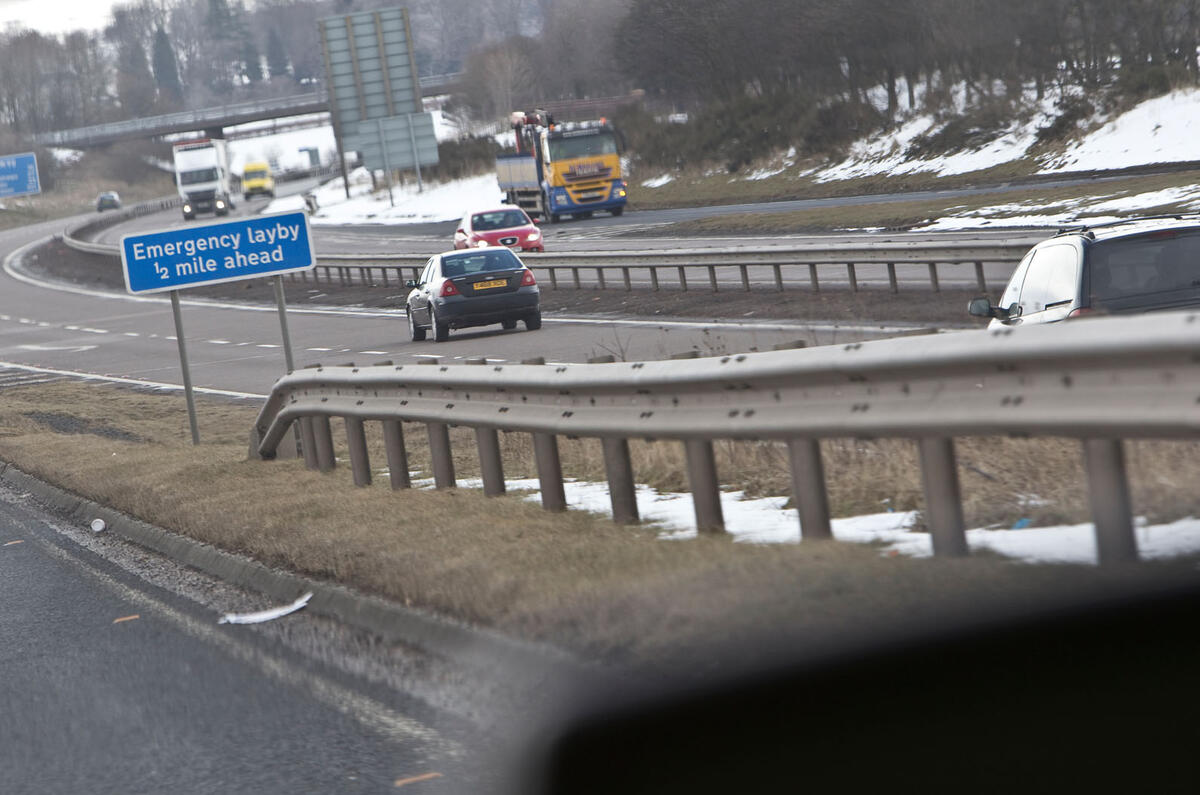
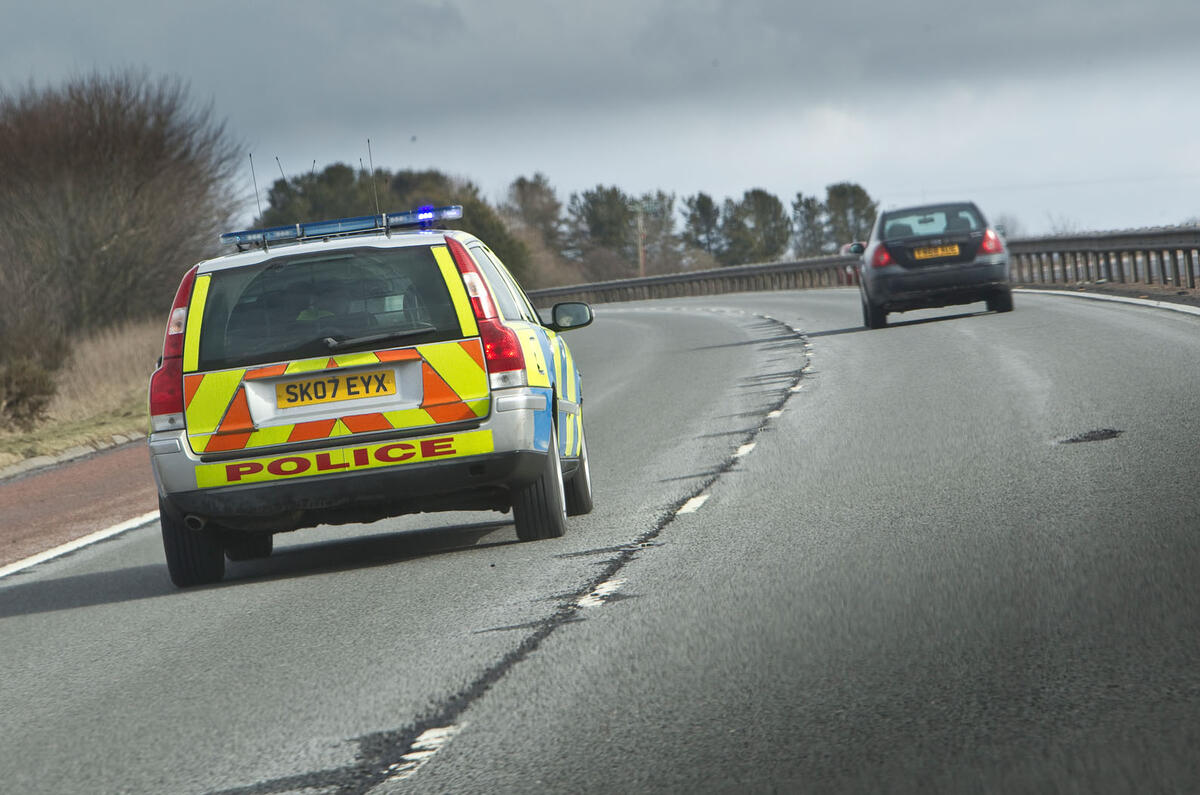
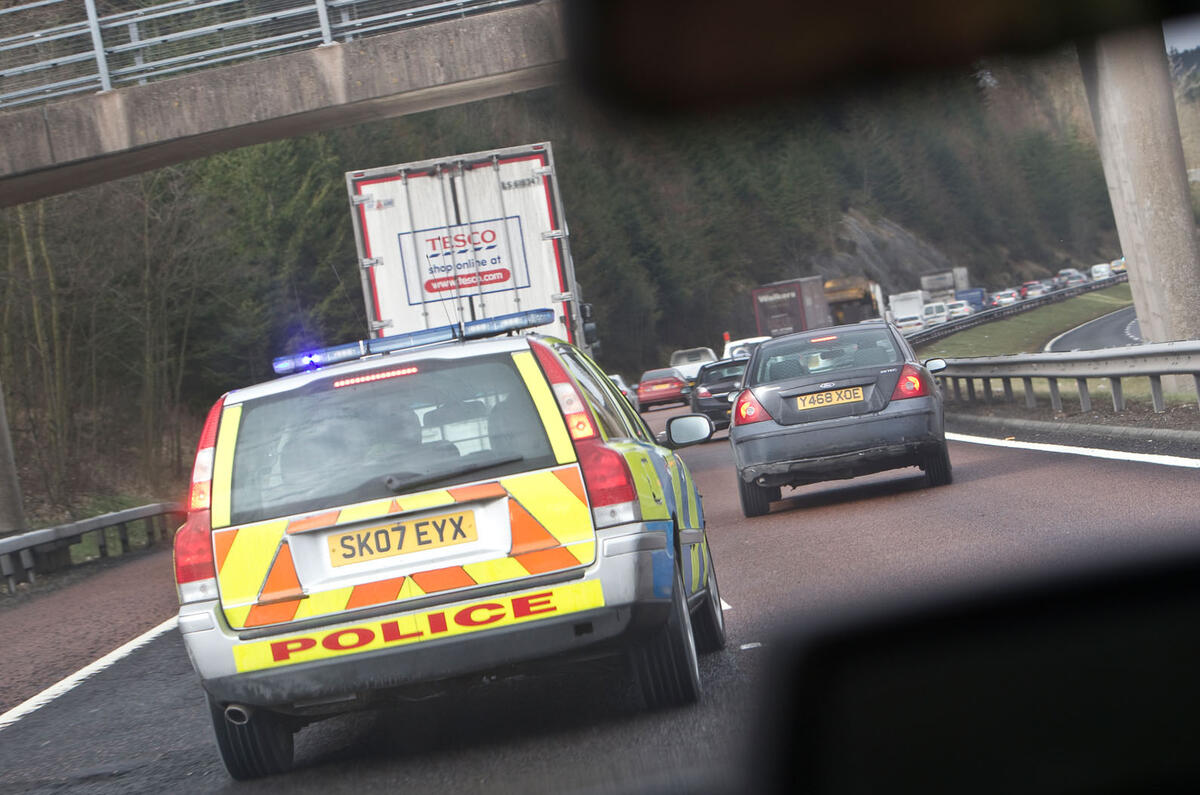


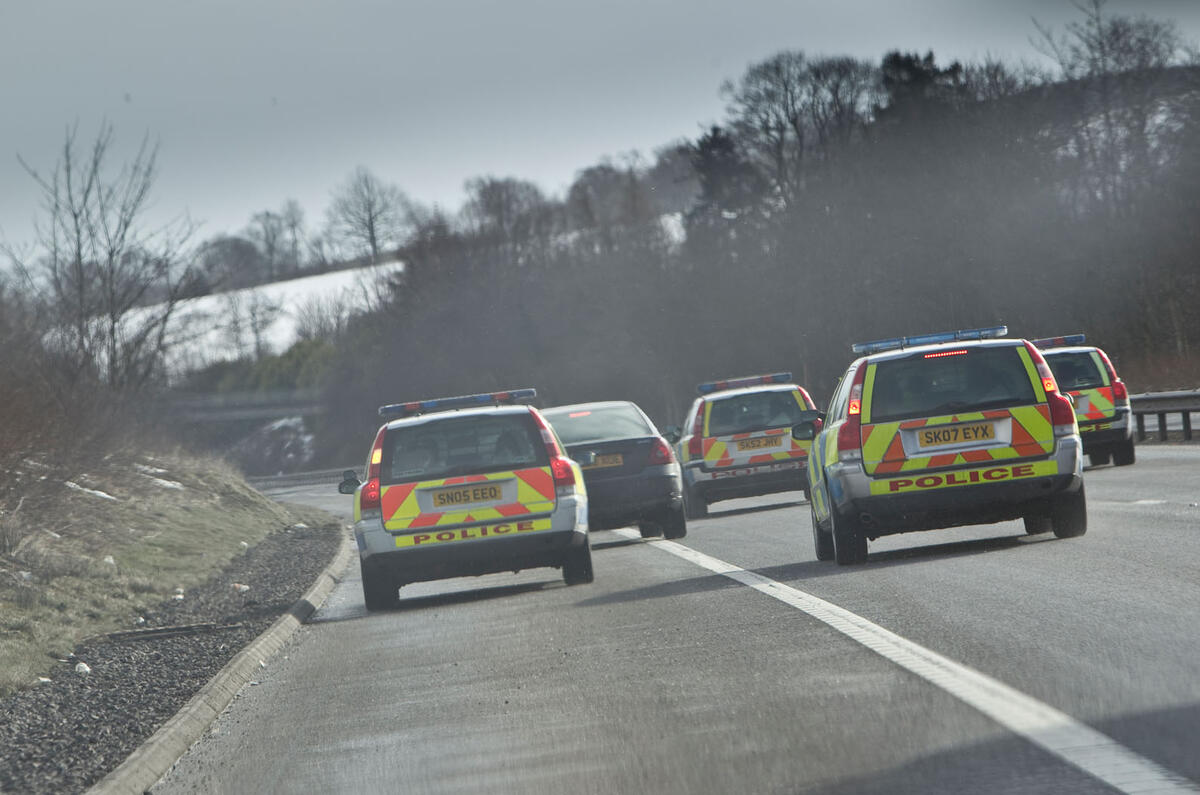
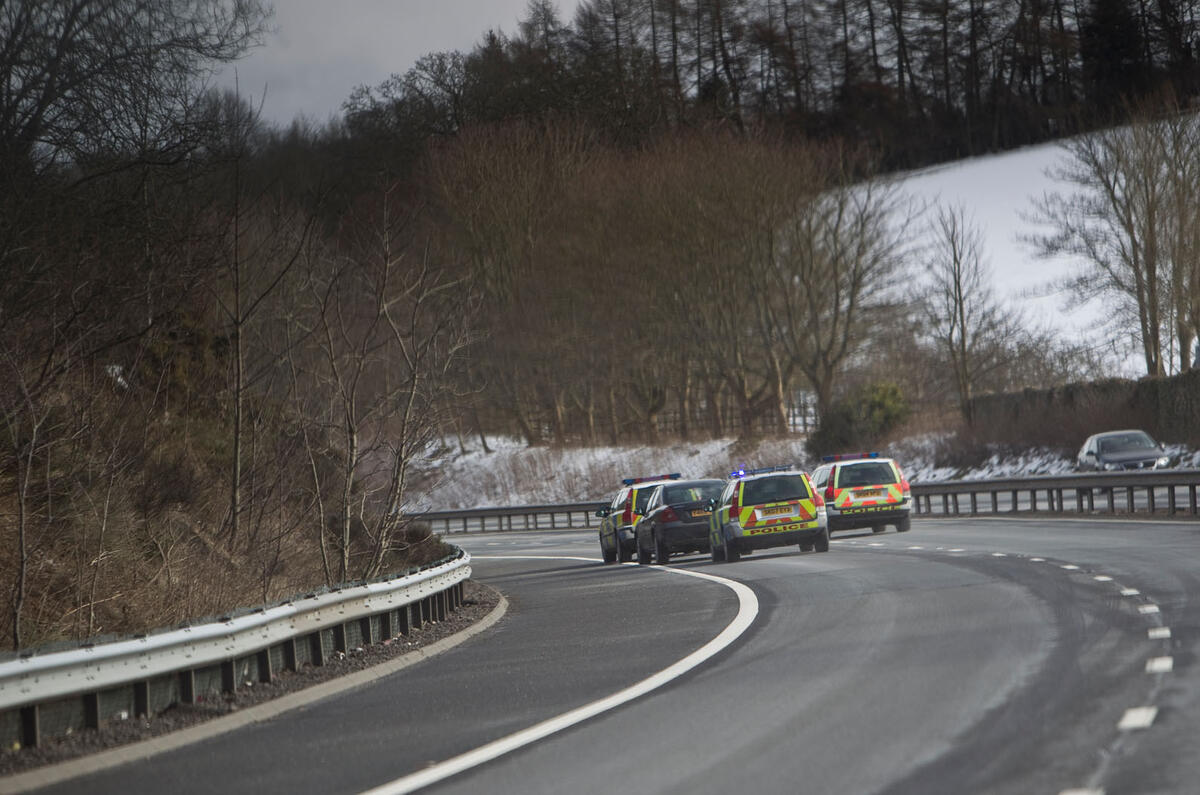
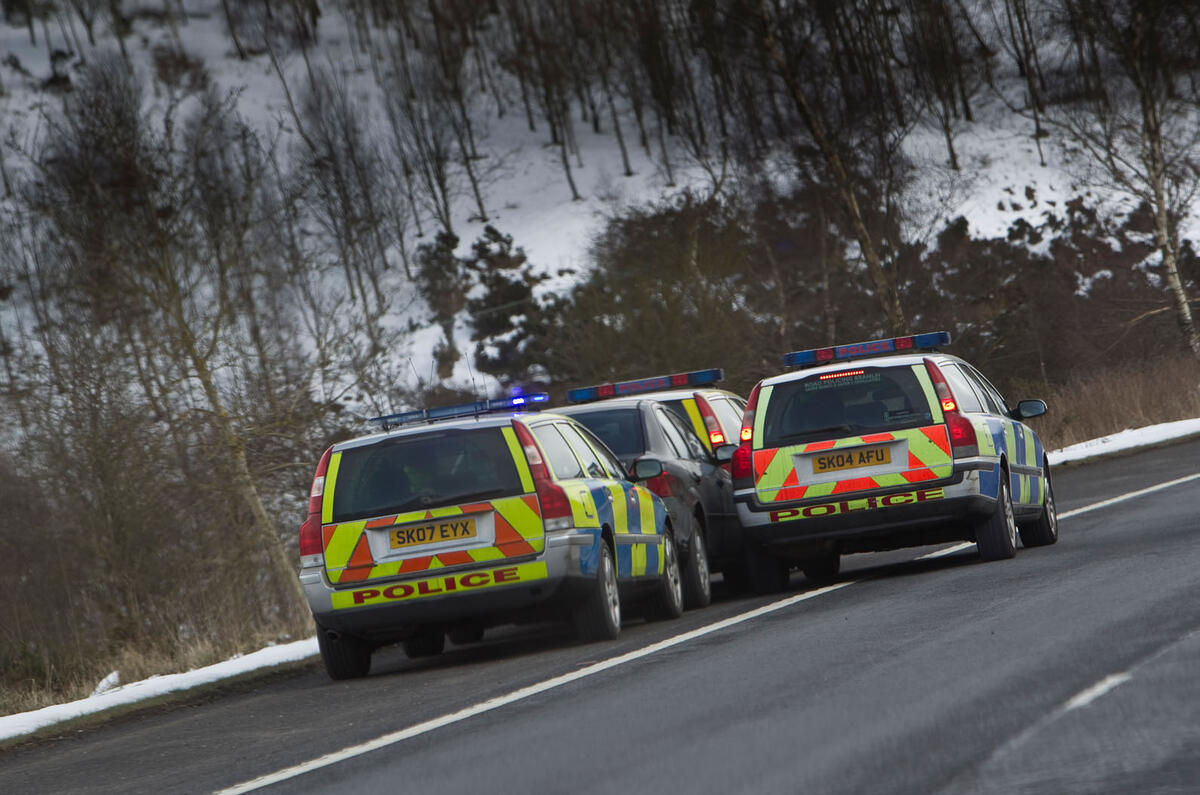
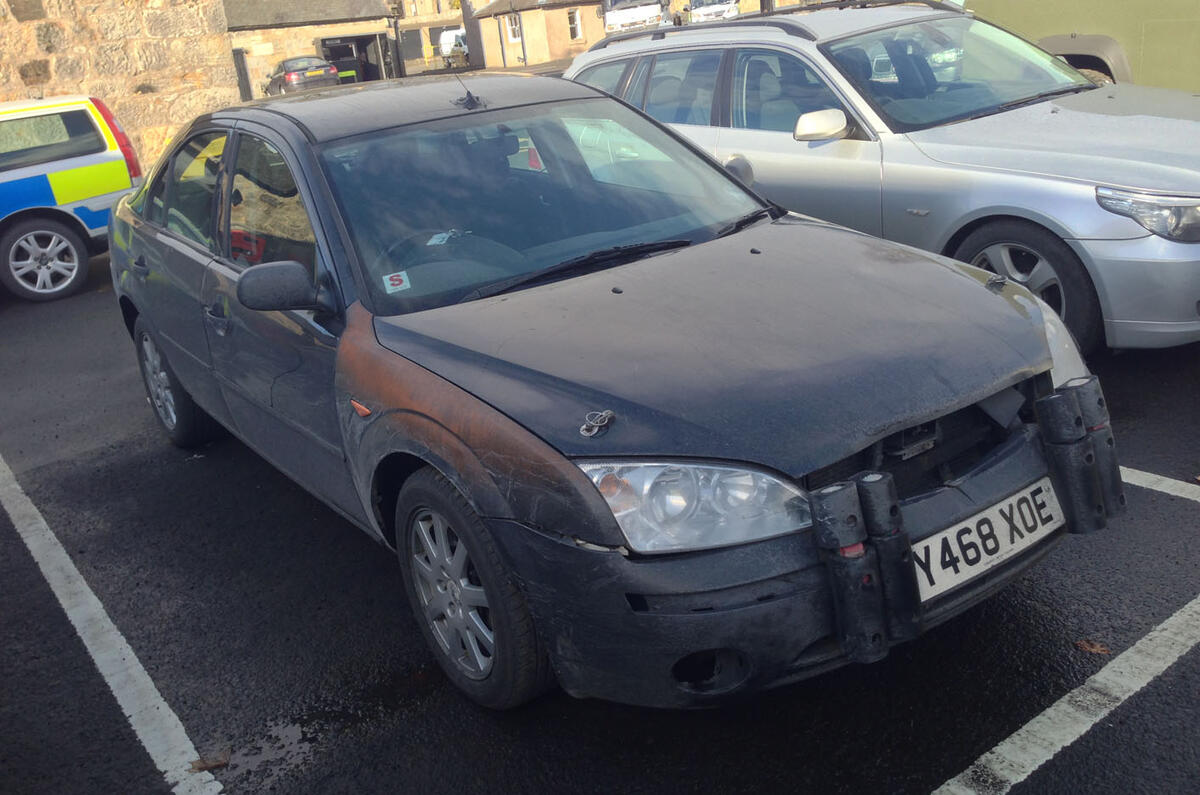

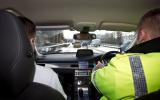
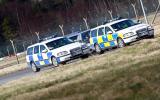
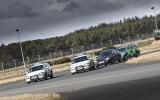
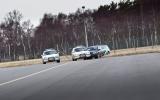
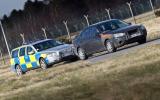
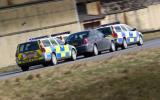
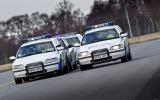
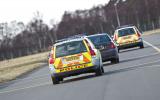
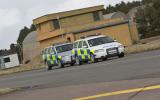

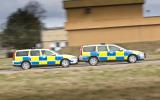
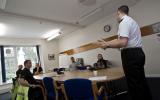
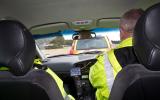

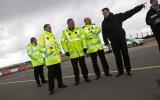
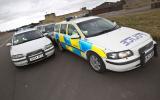
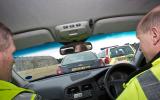

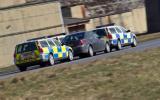
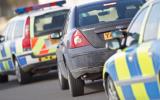
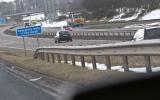
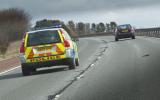
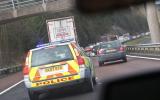
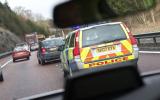
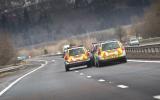
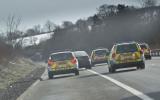
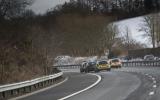





Join the debate
Add your comment
Nice
That beat-up Mondeo is so cool!
Speeding...etc?
Nowadays most speeders are caught by Camera,in Cities, towns bad driving is caught mostly by Camera,however,why follow the fight or flee brigade?,you've got the plate on film, with all the info on it to convict,unless you know it's full of crimes going or coming from a crime, like the other money spinners, send them the ticket for there stupidity.
police driving
The police seem to assume that everybody who drives dangerously is in control of their car and will apply evasive tactics if the police give them a chance, just like they assume every armed criminal is a crack shot and has an AK with 3 magazines.
The first question is always, to pursue aggressively or just observe( possible with 'copter ) and then detain quietly later. Getting that training right first and avoiding 'red mist' driving is the key. The police kill more people with cars than with guns.
rogerhudson wrote: The police
Clearly an armchair expert and part of the professional hindsight jury, no doubt.
I'll let you into a little secret. Despite what you see on the 327 available TV cop shows, the huge majority of pursuits do not manage to have a helicopter in time to 'just observe'. However, it isn't as hard as you think to hide from a helicopter once you've left the car. And if you have enough fuel, you could potentially outlast the helicopter so you cannot rule out using ground units.
Your concerns are already met by current police pursuit tactics and policy. The Control Room Inspector is ultimately in control of a pursuit precisely to prevent 'red mist' scenarios. There is no presumption the subject vehicle driver is in control, hence the need to bring the pursuit to a stop.
Your comment about the police killing more people with cars than guns is probably accurate but a little out of context and a touch misleading. Take into account the number of emergency response drives a trained officer completes a year, plus a relatively small number of pursuits (they are on the decline) and times by about 50,000 officers and you have a lot of 'higher risk' driving. Compare it to the number of people killed (and where the police driver is at fault), and it maybe possible to give a bit of credit to the police driver training.